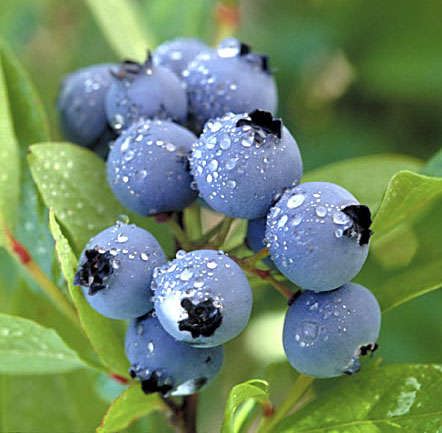
Profile
- Latin Name: Vaccinium Myrtillus L
- Common Name: Bilberry or European Blueberry
- CAS No.: 84082-34-8
- Active Ingredient: Anthocyanoside
- Specifications: 4:1, 10:1, 20:1, 36:1, 5%?25%, 25%, 36%
- Test Method: HPLC / UV-VIS
- Part used: Berry
Description
Bilberry has been used for centuries, both medicinally and as a food in jams and pies. It is related to the blueberry and is native to the Northern Europe. Bilberry fruits contains chemicals known as anthocyanides, plant pigments that have excellent antioxidant properties. They scavenge damage particles n the body known as free radicals, helping to prevent or reverse damage to cells. Antioxidants have been shown to help prevent a number of longterm illnesses.
Constituents
Vaccinium Myrtillus L fruits contain the highest amounts of anthocyanins in comparison with other berries such as Vaccinum Angustifolium.
The amount of anthocyanns in the berries ranges from 300 to 698 mg/100 g and increases during the ripening process.
Benefits
These compounds act as potent antioxidants and phosphodiestrerase inhibitors, thus being particularly effective in the amelioration of capillary resistance and permeability and are widely used in dietary botanicals and pharmaceutical market for the treatment of vascular and vision disorders.
Applications
Chronic venous insufficiency, Diabetes, Atherosclerosis, Diarrhea and wounds, vision disorders.

